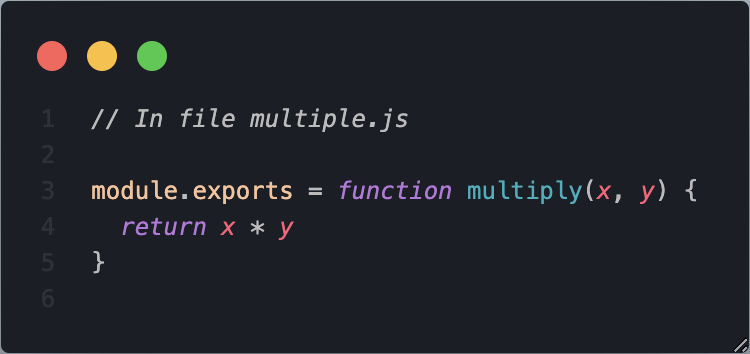Table of Contents
Introduction
When I first started learning to code, I noticed that some JavaScript files used require() to import modules, while others used import. This inconsistency puzzled me because I didn’t understand the difference between them or why they were used differently. After spending time studying and researching, I finally uncovered many insights, which I’ll share with you shortly.
What is CommonJS?
CommonJS is a set of standards used for implementing modules in server-side JavaScript, primarily in Node.js environments. In this system, modules are loaded synchronously, meaning that script execution is halted until the module is fully loaded. While this approach is straightforward, it can negatively impact performance if you’re trying to load multiple modules, as they must be loaded sequentially before any other code can run.
When using CommonJS, you export functionalities with module.exports and import them with require().
Here’s an example of how these mechanisms work.


What is ECMAScript (ES6)?
ES6, or ECMAScript 2015, introduced new features to JavaScript, including the ability to import modules asynchronously using import and export statements. This allows the script to keep running while the module loads, avoiding any execution delays. Consequently, only the JavaScript code needed for the module is loaded, and unused code remains unloaded. This capability is made possible by ES6’s support for both static and dynamic imports.
Below is the same example as before, but this time employing both import and export.


What are the key differences between require and import?
require() is associated with the CommonJS module system and is commonly used in Node.js environments, particularly in older projects that haven’t transitioned to ES6. On the other hand, import is part of the ES6 module system and is used in both server-side and front-end development, making it prevalent in newer projects and frameworks such as React or Vue.
Why is import considered better than require?
import is an asynchronous function that can enhance performance, particularly in large applications. Since imports can be analyzed statically, tools like linters and bundlers can optimize code more effectively, performing tree shaking to reduce bundle sizes and improve load times. Additionally, the syntax of import is more readable compared to require(), making it more user-friendly and convenient for future development.When should you use import, and when is it appropriate to use require?
You should use require() in the following situations:
- When working on an older Node.js project that predates ES6 and hasn’t been updated.
- When you need to dynamically load modules at runtime, such as in configuration files or when conditionally loading modules.
In other cases, it’s advisable to use import due to its advantages and convenience.
Conclusion
In general, import should be used whenever feasible because it provides more advantages and represents a newer, widely accepted modular system. However, there might be situations where require() is more appropriate, depending on your specific needs and working environment. Ultimately, the choice between import and require() depends on your particular use case and context. Thank you for reading this article.